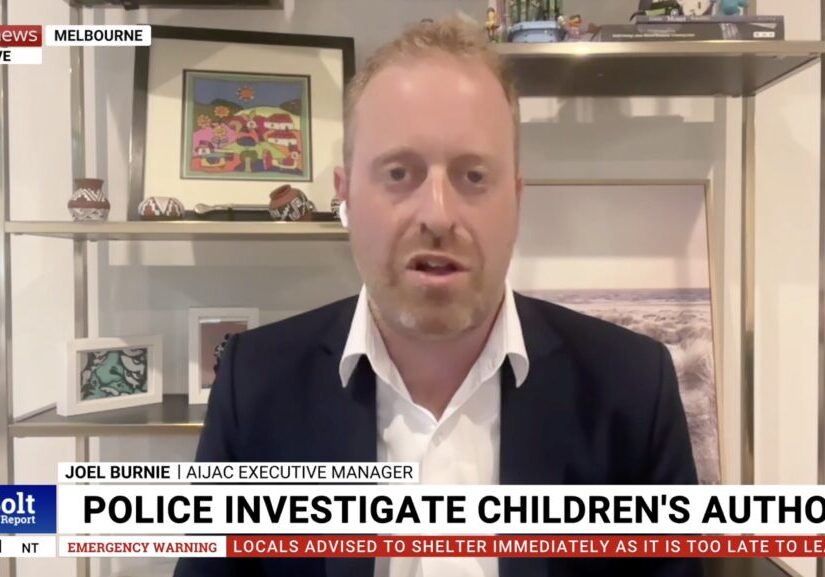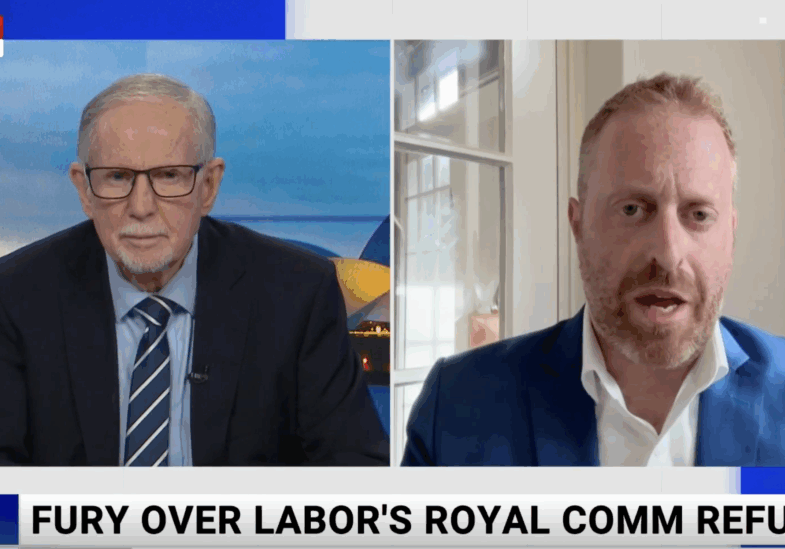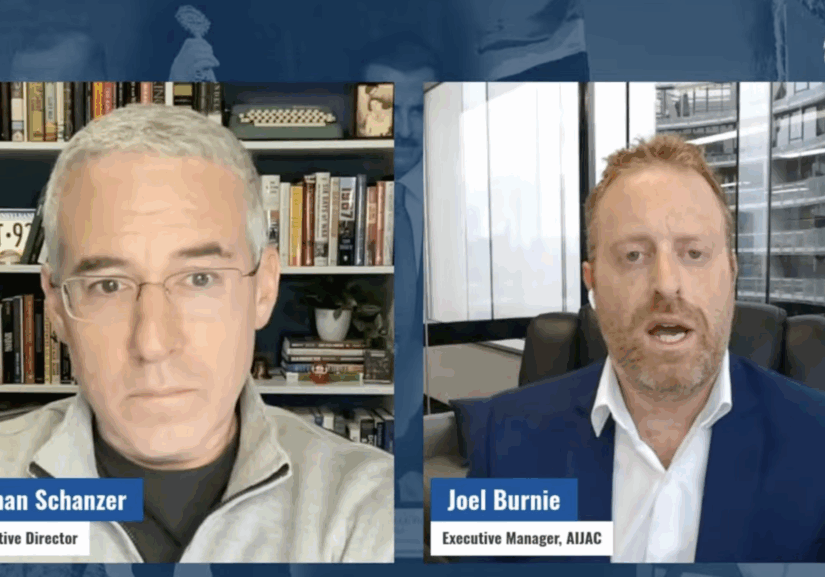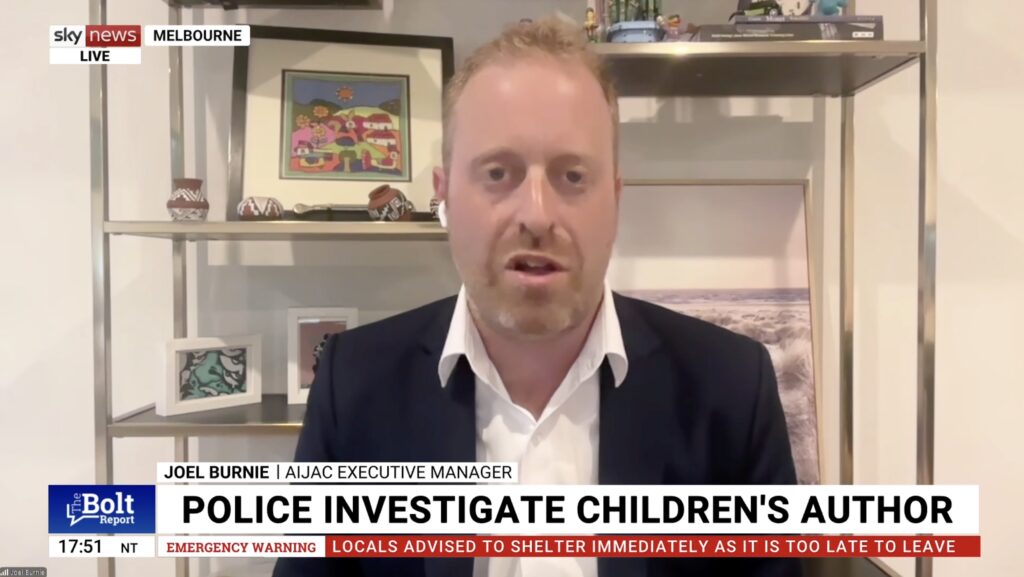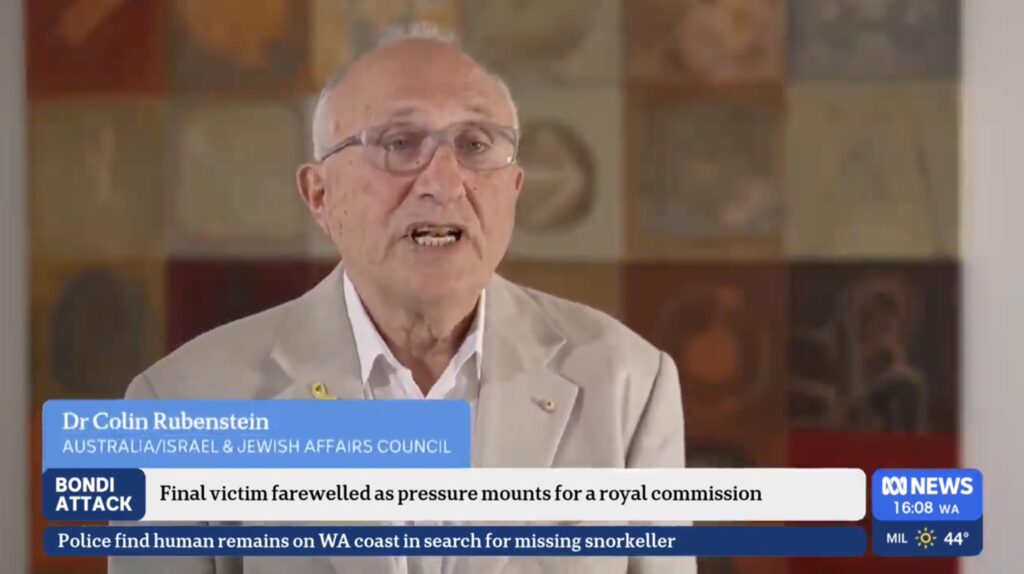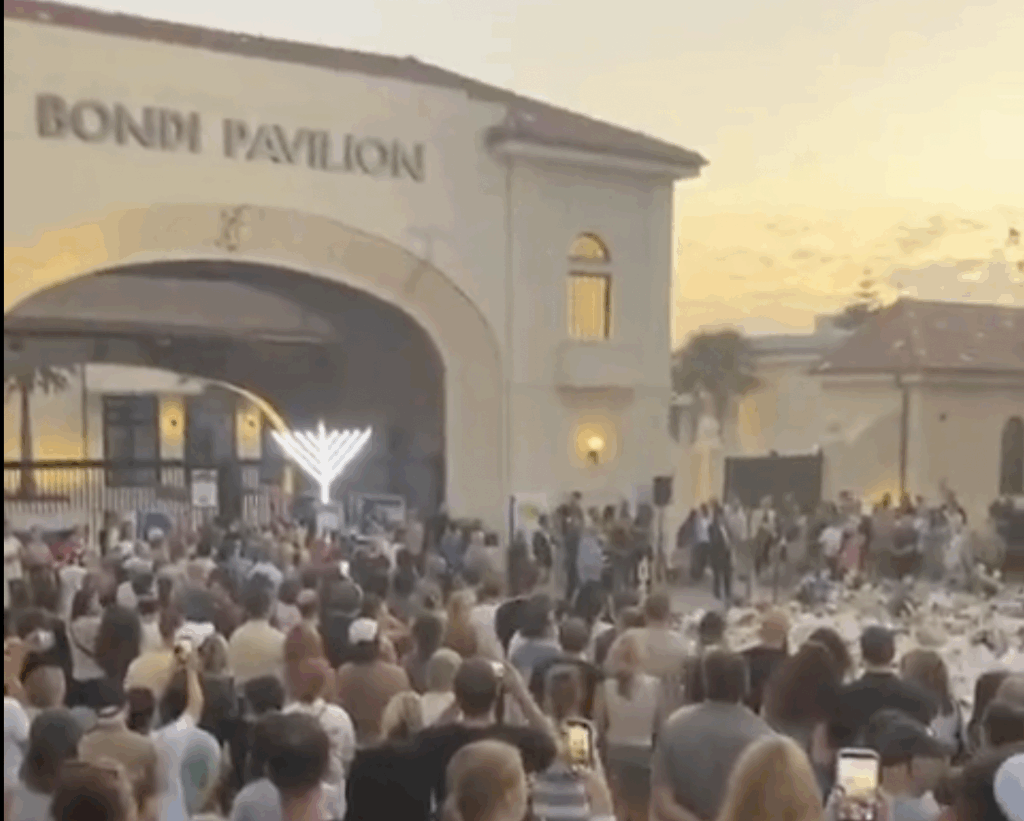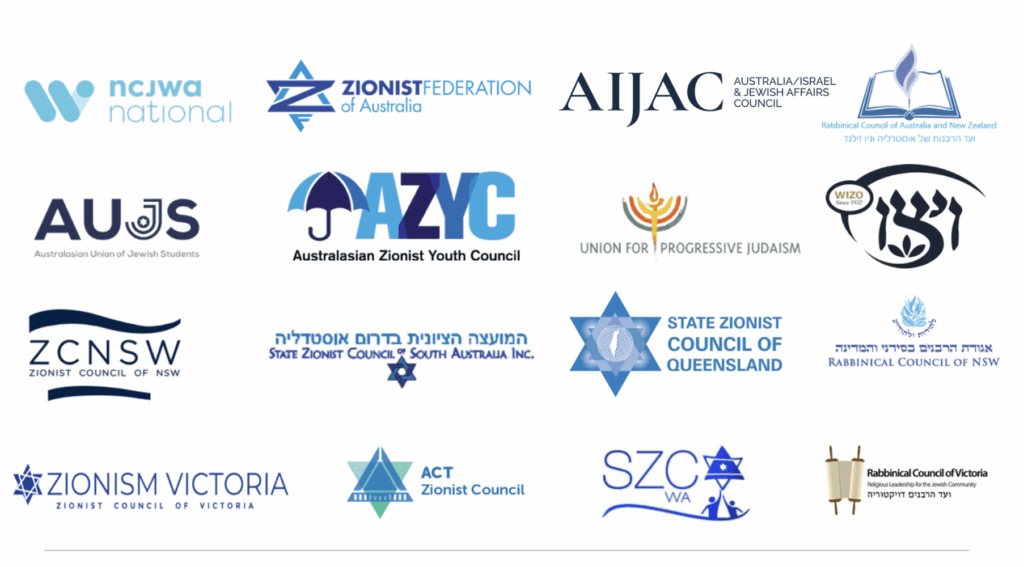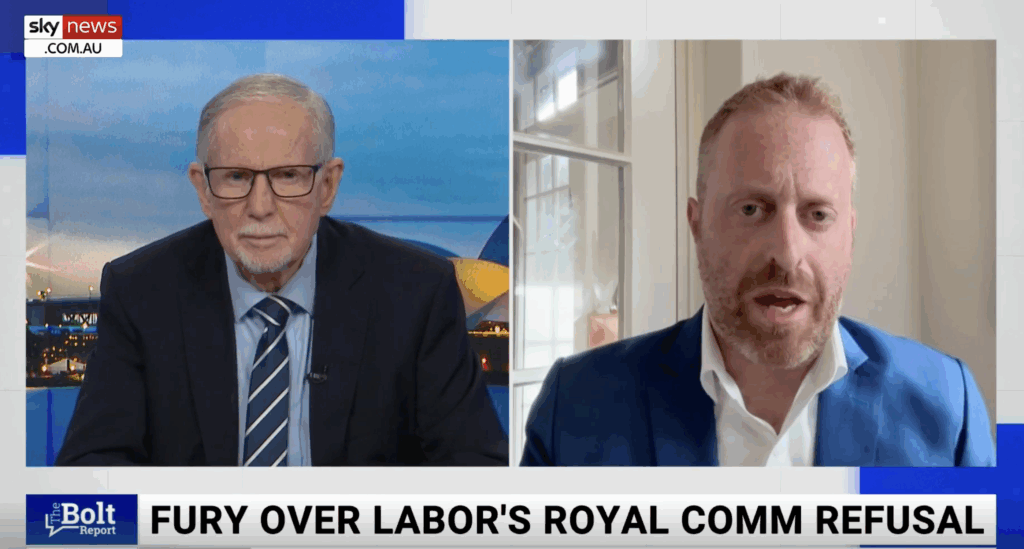FRESH AIR
On settlements, Obama is entitled to his own opinion, but not his own facts
February 7, 2018 | Ahron Shapiro

In a rare public speaking appearance last month, former US President Barack Obama claimed that “skyrocketing” construction in Israel’s West Bank settlements during his time in office was behind his decision to have the US abstain on UNSC Resolution 2334 in December 2016 – allowing that one-sided condemnation of Israel over the settlement issue to pass. He also claimed that construction in the settlements had made a two-state solution nearly impossible to implement.
While the former president is entitled to his opinions about settlements, he’s not entitled to make up facts. As AIJAC has pointed out both recently and in recent years’ past (see here and here), the fact remains that since 2008, annual Israeli housing starts in the West Bank have averaged lower – not higher – than in previous years. Meanwhile, the vast majority of the housing built over this period has been in settlement blocs that Israel would be expected to keep in any peace agreement through the use of land swaps.
Obama made his comments at a speaking engagement at New York’s Temple Emanu-el on January 24.
As the UK’s Daily Mail reported:
Obama said he allowed the resolution to go forward because “the pace of [Israeli] settlement construction skyrocketed making it almost impossible to make any kind of Palestinian state.”
Meanwhile, a transcript of another portion of Obama’s talk, posted by journalist Jacob Kornbluh on the website JewishInsider, quoted Obama repeating the same claim about settlement construction in a slightly different context:
One of the reasons why [a peace deal] is becoming less and less achievable is because of settlements outside the blocs… deep into the West Bank; the pace of settlements during my presidency and during Netanyahu’s time as prime minister, skyrocketed and accelerated.
As part of his current efforts to lay the groundwork for President Donald Trump’s long-awaited peace plan, US Mideast envoy Jason Greenblatt has staked a radically different position on the settlement issue.
On January 30, US Middle East Envoy Jason Greenblatt countered concerns about settlements voiced by EU ambassadors at a meeting near Tel Aviv.
The Jerusalem Post reported on February 2:
According to a participant in the meeting, Greenblatt said it is necessary to look at what construction has actually taken place, rather than at various announcements made about settlement construction in the media.
Greenblatt, according to one of the participants, said there is not that much actual building taking place; that where it is taking place is contiguous to existing settlements; and that Israel has taken a sensible approach on the matter.
Last March, Israel agreed to restrict its building beyond the Green Line to the built-up areas of existing settlements and, where that is not possible, to build close to the existing construction lines in an effort to reduce its settlement “footprint.”
Just what are the facts about construction in Israel’s West Bank settlements?
With all due respect to former President Obama, the facts support Greenblatt.
On January 21, a report by journalist Efrat Forsher of Israeli newspaper Israel Hayom revealed a slowing growth rate over the past two years among the settler population (3.9% and 3.4% respectively) and that this represented the lowest growth rate among settlers in a decade” (evidently based upon annual statistical data released by the Settlers Council).
The article also reported that a stunning 47% of the settler population is under the age of 18, reflecting the fact that most population growth in the settlements is due to births, not migration from other parts of Israel.
As Forsher reported:
In the decade from 2006 to 2016, the settler population had an average annual growth rate of 4.6%, or 15,230 new residents per year. In 2016, the rate dropped to 3.9%, the first time in a decade the rate dipped below 4%. In 2017, the growth rate fell still further, to 3.4%, or 14,299 new residents.
Forsher’s January 21 report follows two other significant articles of hers on the settlement slowdown.
Israel’s government approved various stages of plans for new settlement housing this year, garnering condemnation both at home and around the world. However, an Israel Hayom probe indicates that nearly a year after being approved, some 3,000 housing units that were supposed to have been put on the market immediately are still unavailable for purchase, and the Israel Lands Authority is repeatedly postponing putting out a series of tenders, despite the contractors who are eager to put in bids and get down to work.
In the article, Forsher also astonishingly claimed that her investigation had revealed “actual construction work [had] begun on only a few dozen new homes” in 2017, implying that nearly all of the 1,120 housing starts reported by Israel’s Central Bureau of Statistics over the first three quarters of the year (itself representing a five-year low) have not proceeded past the initial groundbreaking phase and are “housing starts” in name only, with no actual construction taking place.
On January 5, Forsher wrote a follow-up story, going into more detail about how the Israeli government has prevented even construction that had passed its final approval processes from actually getting built.
While AIJAC has been unable to independently verify all the claims in Forsher’s stories going into fine detail about what can only be described as a near-total silent settlement freeze, it should be noted that Israel Hayom is not the only paper to report about the construction slowdown in recent months.
In a feature-length story on October 21, the Israeli newspaper Ma’ariv – a paper not known to be sympathetic to the settlements – reported that government announcements of settlement expansion earlier in 2017 had not materialized and had been interpreted as a “bluff”.
The same month that article appeared in Ma’ariv, I blogged about how the left-wing Ha’aretz newspaper had reported on the Netanyahu government tendency to exaggerate settlement construction figures.
In the last days of October, all the Israeli media attention on Netanyahu’s broken promises to the settlers over expanded construction prompted a press release by an obviously frustrated Settlers Council, which can be read in English through Google Translate here.
Conclusion
Obama is simply wrong on his facts, regardless of one’s views on the settlement issue. Moreover, Greenblatt is dead right in saying what matters is the actual construction not “announcements” which often do not lead to any actual homes being built. One must ask why people like Obama, who support the principle of peace based on two states for two peoples, would misrepresent settlement data in a way that creates the false impression that the two-state scenario is “almost impossible” to achieve as a result of a settlement “boom” that simply does not exist.
Ahron Shapiro
Tags: Israel













